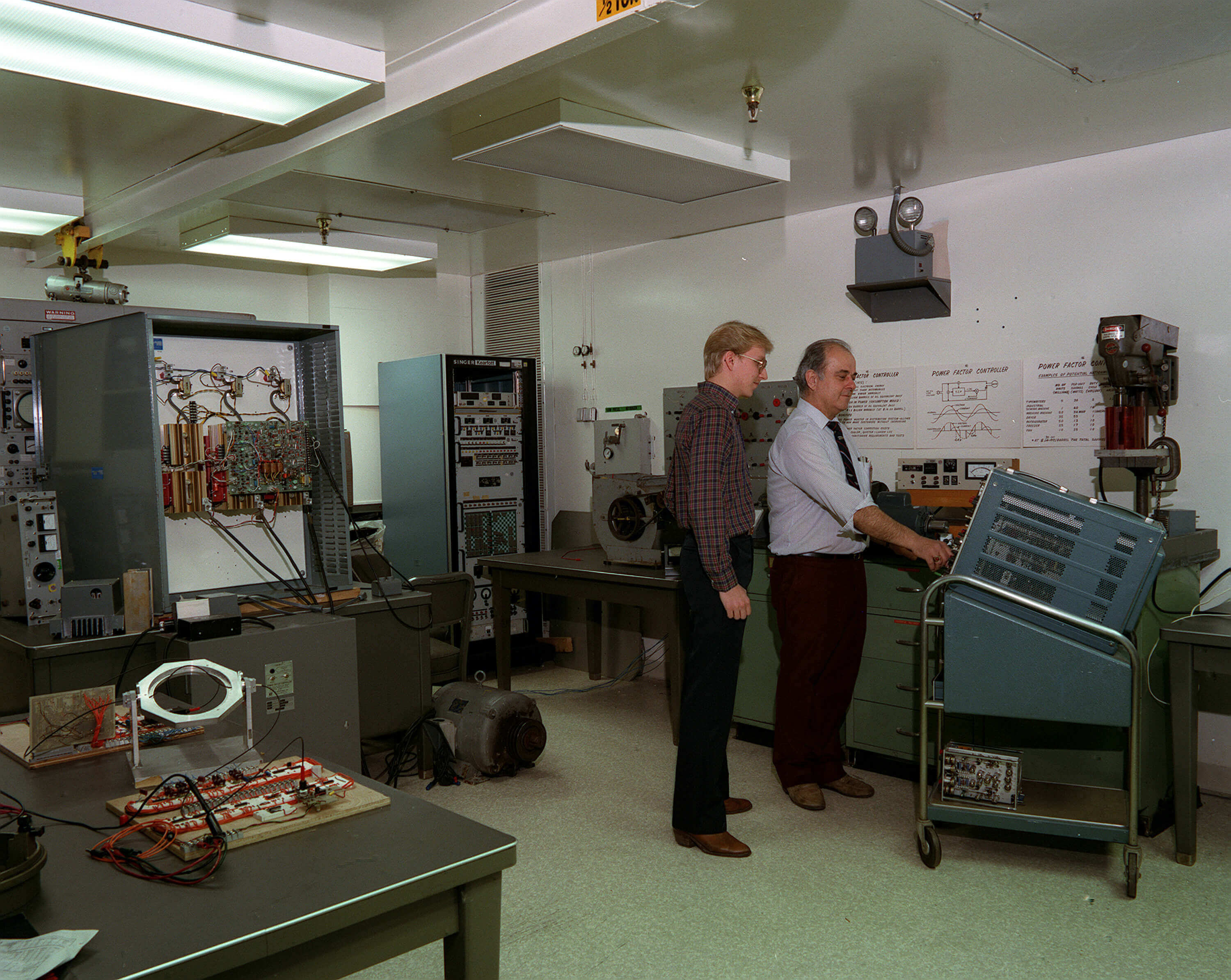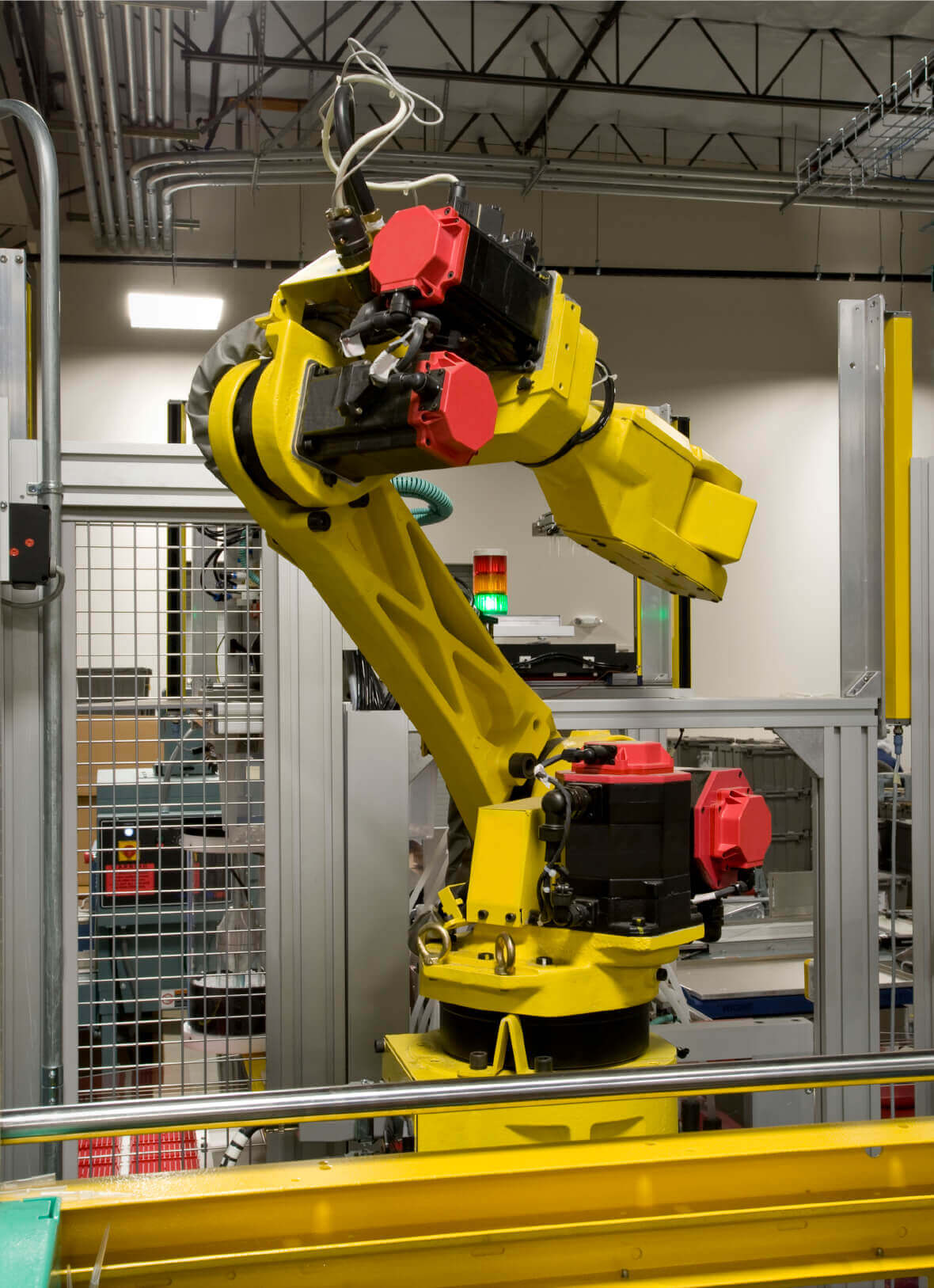



When you use a moving sidewalk, escalator or elevator, you're benefitting from NASA technology. Motors in load-bearing machines like these used to waste energy by using fixed amounts of electricity during operation. Through space-exploration-related research, NASA engineers developed a device that delivers only the voltage needed for a motor’s specific activity. This saves motors up to 8 percent in energy during a workload and up to 65 percent when idling.
In the late 1970s, a NASA engineer had an idea for reducing energy waste in small induction motors. The idea, a method to electronically adjust the voltage in accordance with the motor’s load, was patented in 1984. The voltage controllers have become known as Nola devices, and they are still as useful today as they were nearly 40 years ago, as they can be applied anywhere an AC induction motor is being used at a constant speed but with a variable load.
Learn more about how NASA helped develop technology that impacts voltage controllers within your city's air travel environment!